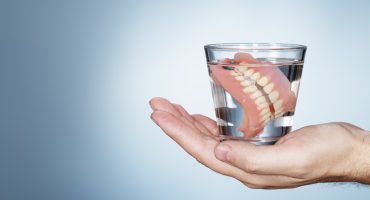Consistent brushing of teeth is of great importance - not only for the health of the teeth and gums, but also for the health of the whole body. If the denture is not thoroughly cleaned after eating, involuntary deposits develop on the teeth, into which bacteria can colonize and multiply. As a consequence, diseases such as caries, gingivitis or periodontitis can occur. Thorough removal of plaque with proper brushing technique protects the teeth from damage. This involves cleaning all tooth surfaces, not just the chewing, inner and outer surfaces, but also the interdental spaces, at least twice a day for at least three minutes.
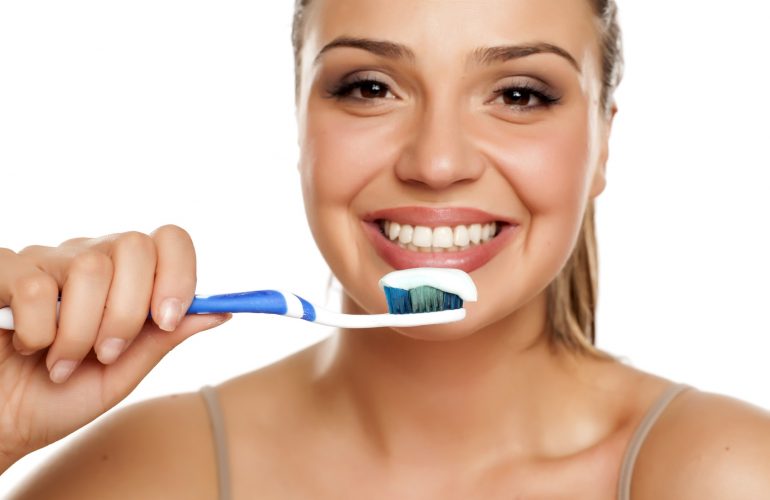
The right toothbrushing technique for adults
Not only the use of the right toothbrush and toothpaste is crucial for a thorough oral hygiene, but also a proper and effective brushing technique. Depending on who you ask, there are different techniques for proper brushing of your teeth. As long as you use the right cleaning system and ensure that all tooth surfaces are thoroughly cleaned, all common techniques are well suited for daily oral hygiene. Most frequently recommended by dentists, however, is the brushing technique of Bass, which is described below:
- The toothbrush is held at an angle of approximately 45 degrees, halfway on the gums and half on the teeth. The bristles protrude into the interdental spaces as well as into the pockets between the teeth and the gums. The teeth are optimally cleaned while massaging the gums.
- Now move the toothbrush back and forth in a short, fast motion. Only brush a maximum of two teeth at a time, as this is the only way to thoroughly remove the bacterial plaque. The smaller the plaster surface, the better the cleaning of the gaps. Now with the back two teeth, always with short, fast movements. In between, always wipe away the detached plaque again and again. Here the method "red to white" applies - away from the gum to the crown of the tooth. As a result, the gingival margin is also freed from the smallest bacterial particles.
- Once you have finished cleaning the outer surfaces, apply the same plastering technique to the inner surfaces of the teeth. Dental plaque on the back of the teeth is particularly critical because you do not see it at first glance. Here you have to clean very carefully.
- Finally, the chewing surfaces are plastered with short clean strokes, always a maximum of two teeth at a time. Then rinse your mouth and you're done. It is important that they do not exert too much pressure on the teeth during cleaning, as this can damage the enamel.
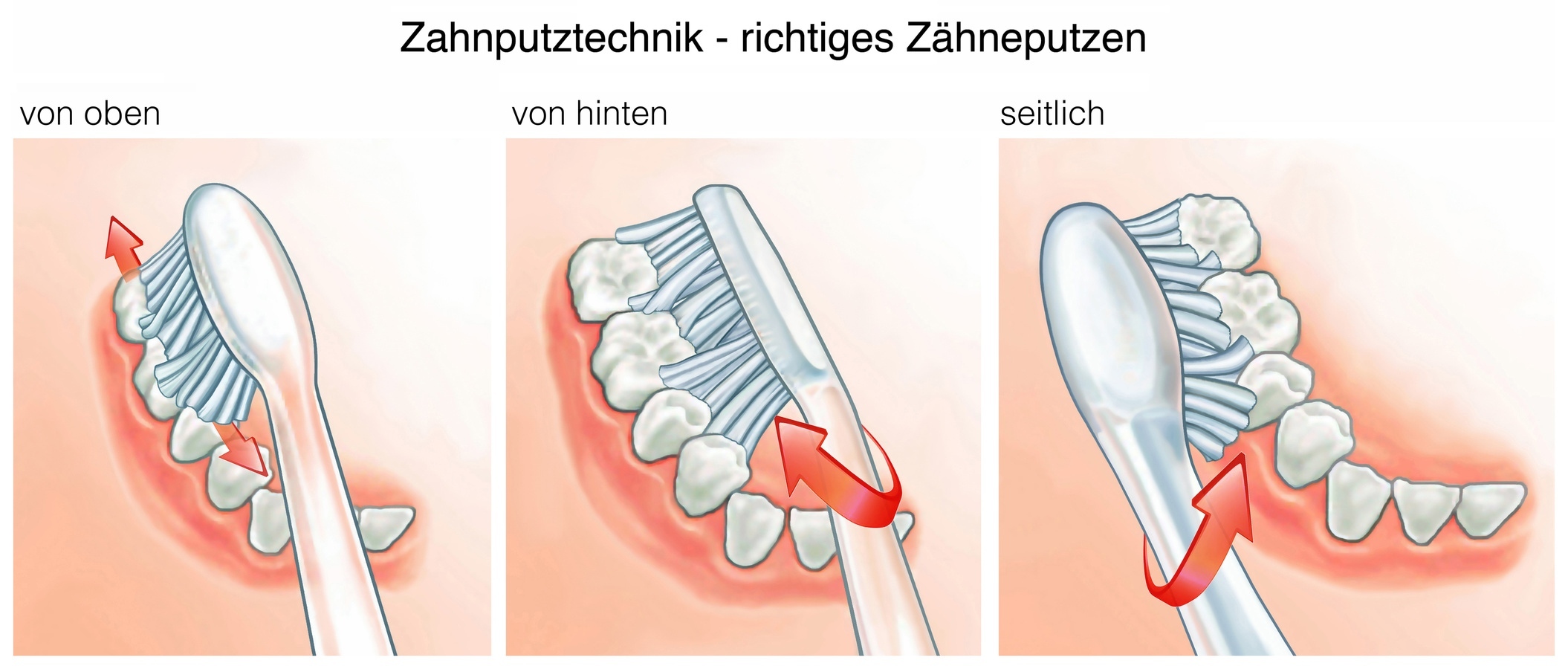
In general, this toothbrushing method is suitable for most people. However, if they suffer from certain diseases of the gums such as gingivitis or periodontal disease, a different brushing method may be more suitable for them. The use of the Charters method is recommended in the follow-up treatment of periodontitis, the Stillman method is recommended in gingivitis.
Regardless of the toothbrushing method used, they should also make sure that they brush their teeth at least three minutes, because only then can the fluorides in the toothpaste develop their optimal effect.
The right toothbrushing technique for children
Already from the breakthrough of the first baby teeth around the age of six months, children have to brush their teeth regularly. Since babies and small children can not brush their teeth on their own, it is at this time still the task of the parents to provide the right dental care.
The first deciduous teeth should be cleaned with special baby toothbrushes at least once a day, preferably in the evening before going to sleep. At the latest with the breakthrough of the molars, a child toothbrush with a special toothpaste for children should be used. From this time it is also necessary to clean at least twice a day: in the morning after breakfast and in the evening before going to bed.
From about the age of two, children are able to brush their incisors themselves. From the age of three then follow the chewing surfaces. Parents should not yet leave the teeth brushing at this age completely to the offspring and brush their teeth again in any case. The independent cleaning is learned in these years only playfully and can only be completely transferred to children at school age.
Since especially small children do not yet have the manual dexterity of an adult, children need to clean their teeth using a different toothbrush technique. A child-friendly, yet effective tooth brushing method is the COI toothbrushing technique. KAI results from the initial letters of the tooth surfaces and the order in which they are to be cleaned: chewing surfaces, outer surfaces, inner surfaces.
C: Cleaning the chewing surfaces
The brush is moved horizontally back and forth on the chewing surfaces. All occlusal surfaces are cleaned on the upper and lower jaws.
O: Cleaning the outer surfaces
The incisors are placed on top of each other first. It starts at the back of the mouth with the molars. Here, the toothbrush is placed and cleaned with large circles once completely along the arch of teeth to the other side.
I: Clean the inner surfaces
The inner surfaces of the teeth are cleaned in small circles or with rotary movements using the "red to white" method: from the gum to the tooth crown. Again, the same applies as with the inner surfaces of the molars. Cleaning is done from "red to white", ie from the gums to the tooth crown, but the toothbrush is held along the teeth to achieve a better cleaning result.
Weitere Beiträge
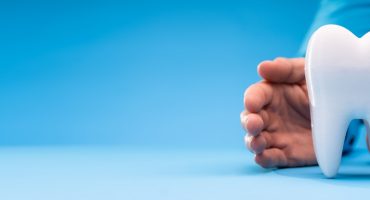
Dental Supplemental Insurance
Good dentures are expensive. Health insurers usually pay only a small portion of the cost. The insured person must pay for the rest - and these are often high amounts. With supplementary dental insurance, patients can protect themselves against high costs for high-quality dentures.
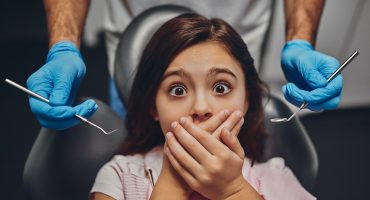
Dental anxiety
In Germany alone, one in five people are afraid of visiting the dentist, and not just of major surgery. Before each appointment, this uncomfortable feeling spreads, sometimes severely and with significant side effects. Where this fear comes from, what helps and what you can do about it, we have collected for you.


